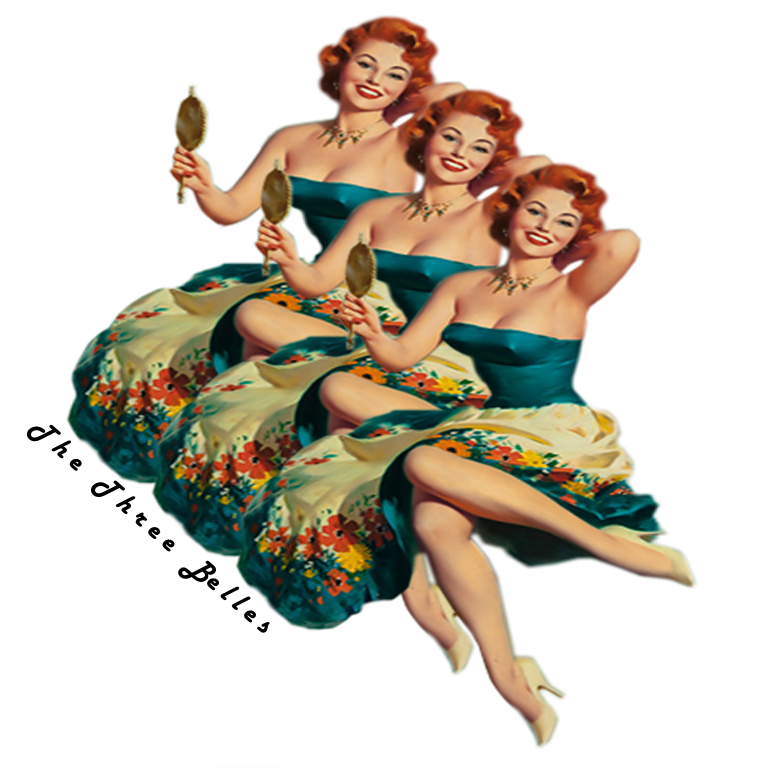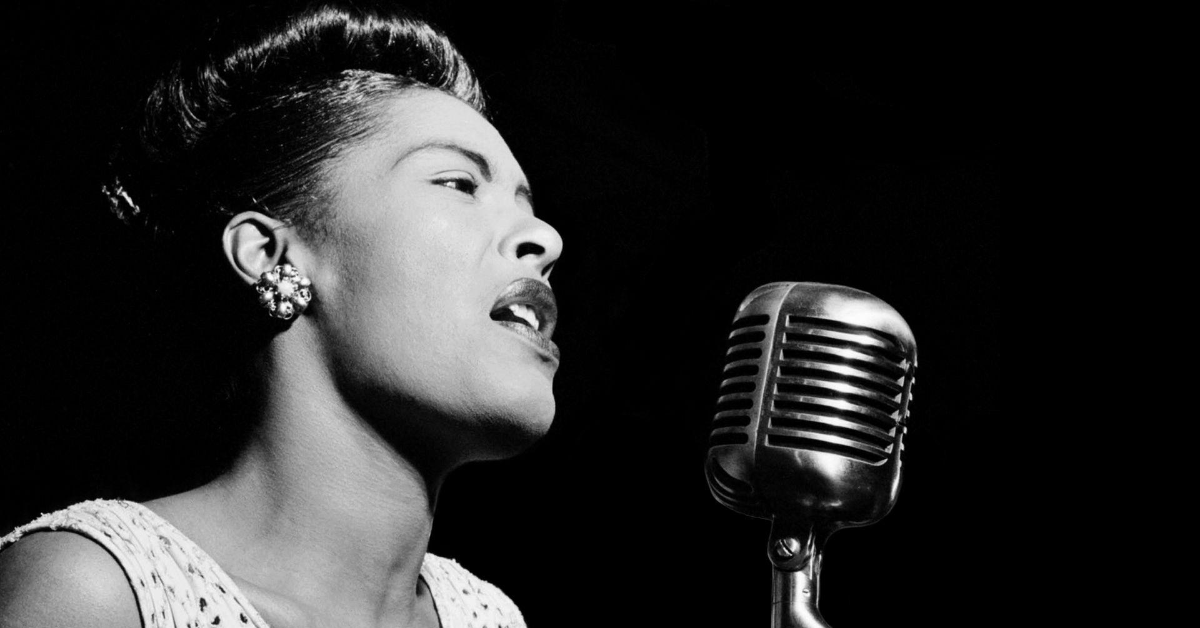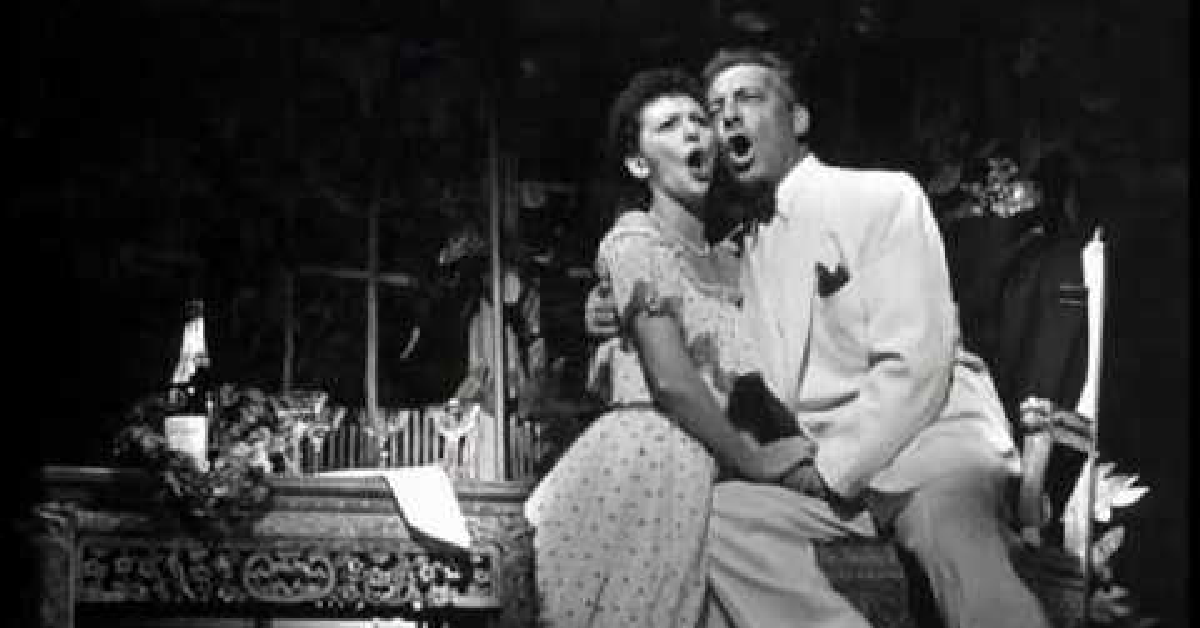Music is the essence of life. It removes anxiety, stress and is known in history to improve war situations. It’s no secret that music is a therapy for all ages. Everyone, even small kids, can understand and enjoy the sweet rhythm of the music. 1940’s music had a huge influence on the history and growth of music. And this remains the same in the present day! In the developed world, Swing, Big Band, Jazz, Latin, and Country music overwhelmed and characterized the decade’s music.
History of music
The assortment of music that was acquainted with Americans during the Depression (1929–41) kept on developing during the 1940s. Blues became jolted and changed into musicality and blues (R&B), boogie-woogie, and what became known as “jump blues,” establishing the frameworks for the rise of rock and roll in the coming many years. Blues music was currently effectively and economically recorded on new attractive recording devices. One more new melodic style called “bebop” was created in jazz dance clubs in Manhattan and Chicago. Bebop offered capable performers, for example, trumpet players Dizzy Gillespie (1917–1993) and youthful Miles Davis (1926–1991) and piano player Thelonious Monk (1917–1982) an opportunity to excel. There was room in bebop for impromptu creation (spontaneous music-production) in the melodies.
Popular Genres of music
As a component of the New Deal program to give individuals work, government scientists paid by the New Deal looked for and recorded the society music of America. However, the people and hillbilly music were likewise evolving. Like blues, bluegrass music consolidated components of different styles, particularly swing, and utilized electric and steel guitars, which drew it nearer to what exactly would become rock and roll. Bluegrass music was particularly well known with the enormous populaces of country individuals who had moved to urban areas. Be that as it may, servicemen additionally adored the music.
The Special Services Division of the European Theater of Operations coordinated a visit through country groups to the soldiers battling in Europe. The Grand Ole Opry radio program was one of the most paid attention to public broadcasts during the decade. Roy Acuff (1903–1992) was perhaps the most famous national singer. Like jazz, down-home music had a branch that esteemed ad-lib. The country was created during the 1940s and featured banjo and guitar players’ abilities and included melodies of the hard life: tipsiness, joblessness, marital difficulties, and second thoughts.
Development of music
Toward the start of the decade, swing-jazz symphonies played in many places. Such as in ballrooms, on the radio, on soundtracks to films and on single and long-playing records. These large groups frequently included well-known vocalists. Such as Billie Holiday (1915–1959), Bing Crosby (1904–1977), and Frank Sinatra (1915–1998). Who warbled (sang in a smooth voice perfectly for intensification through a mouthpiece) to crowds. After World War II (1939–45), the unique metal hints of the enormous groups were supplanted by additional string instruments. This was to foster a piece of gentler popular music.


